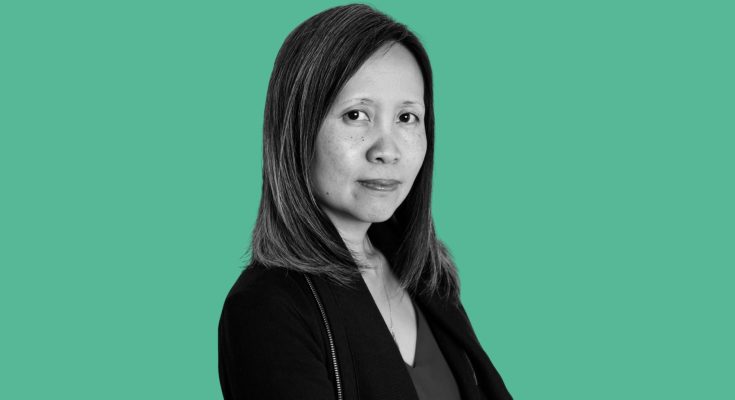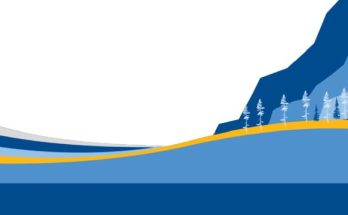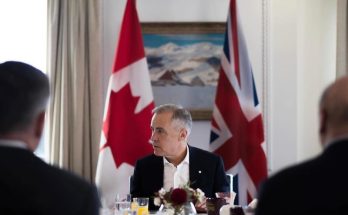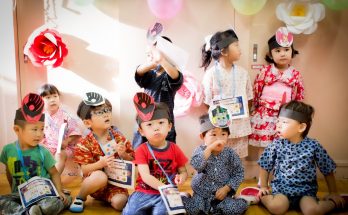CMEDIA: Layered with old archival footage, interviews with family and friends, and dramatic enactments the Canadian documentary Stories We Tell conveys a universal story about how we construct memories and emotions from our own acts of storytelling and how the impact of these stories (especially over time) can often lead to re-creating one’s own reality.
One of Canada’s most celebrated documentary cinematographers, Iris Ng envisions her cinematographic art in ‘Stories We Tell’ in the form of verbal stories, interviews, and weaving archives from the family into story’s illustrating parts.
In conversation with Canadian Media correspondent Asha Bajaj on the sidelines of HotDocs 2024, Iris Ng discusses her art of cinematography in her documentary ‘Stories We Tell’ in the form of verbal stories, the interviews, and a huge archive that also existed from the family into illustrating parts of the story.
Following is the extract of the conversation:
Q: Please describe the process of cinematography in this documentary?
A: At the end of that two-year process of cinematography, Sarah and Mike Munn, the editor, had put together a four-hour assembly, and four of us together in a room at the NFB to watch this assembly edit. Mike, Sarah, and Anita, the producer, and Leah Carlson, the production designer, were present to brainstorm what else the film could be, beyond the verbal stories, the interviews, and the archive that existed from the family into illustrating parts of the story.
Just through that one day trapped in that room, we brainstormed ways to fill these gaps. We had already used Super 8 in sort of picturing the construction of the film. Knowing that it was about storytelling and that this was a constructed narrative, we were shooting Super 8 while we were shooting interviews as well, of backing up a bit, It made sense to create, to continue that language through the same medium that the home movies were in, and to try to create something that blended in to what was already existing in the film. We sat in that room scripting all the recreations that would happen, where there were gaps in the story that weren’t demonstrated.
Q: So the original idea was to blend the visual of the recreations with the archive?
A: Yes, with the idea of talking about the construction of narrative, the subjective nature of memory, the elusive quality of truth, and whether it even exists in the past, and to question what we’re seeing. It wasn’t initially created to completely confuse an audience, but when we did screen the film, that was the general reaction.
Q: From the start, it was clear that these were recreations as there was a moment of reveal there. Were all of them recreations? or was there some original footage of Diane that maybe you can identify?
A: Sure, there’s definitely real footage of Diane. We shot in the winter of 2011, so anything that you see that’s around the pool or directly filmed in the summertime, you can tell is the real, the home movies. Like the beach scenes, the extreme close-ups of her face. Yes all of that is family footage. And most of what we shot, I think there’s 40% home movies versus maybe 60% of what we had created..
Q: When you’re interviewing, are the interviews with Harry real or fake?
A: All of the interviews are real, and that’s what you see in the more modern-looking digital footage. Those are all the real people, and Sarah’s brother, Johnny, is a casting director in the city, and he did a very good job of casting people who looked like their younger selves from 30 years ago. The likenesses were incredible, for sure.
Q: You just reconciled the use of genuine archival footage with the use of modern stuff, but then transferred the archival stuff into digital. Can you describe the process and the difference between the different types of modern-day film footage?
A: I love that question, because we did distinguish that. When we were filming the interviews in modern day on digital, we had a super-great camera, but we were using a film that’s higher speed and is more modern-looking. so it was negative film stock, probably 200 or 500 feet, and it’s very grainy and it’s flatter.
We were trying to blend the recreations into something we found the Ektachrome that existed at the time. This was the best thing we could do because Kodachrome didn’t exist at the time. So we still were differentiating between recreations like the rice pudding revelations and the conversation with Harry and Sarah in the cafe, which are all these different kinds of food. So those were the obvious ones, and then we used a different film stock for the old ones. It’s incredible to think about just the intentional technical choices that were made in order to achieve these aesthetic ends which were really fascinating.
Q: I’m confused.I want to understand the footage of Diane when the tint is kind of brownish? Are those real?
A: Well, it depends. So there is a mix because there is some footage that did have a more brownish tint, and we tried to get rid of it a little bit, and there was also footage that I shot with them, which is indoors of the family with a light mounted on the camera that does also have a brownish tint inside the kitchen and the living room.
Q: Actually, there’s an interesting story about the use of Super 8 and in the context and maybe you can talk a little bit about the setup that you had with the Super 8 to do the reconstructed portions.
A: Super 8 is not a professional medium, so there were never any cameras that were meant to be very robust for the use that we were going to put it through, so for this scale of a typical Canadian independent feature at the time we shot for three weeks, meant that all these resources were going to go into a camera that wasn’t very reliable. I thought that the more robust medium would be 16mm, and were looking for smaller cameras that we could use in place of Super 8 and just extract the smaller film frame from the larger one. So I did some tests, and the colourist, Mark Ripper, was involved at the time. He said that Super 8 looks like Super 8. and that we don’t have to do anything to it. This meant that we were still relying on a camera that was unreliable . As a remedy we just always shot a good take on more than one camera. We had five of them. So when we were shooting those recreations, the assistant was just swapping camera bodies with me constantly.
Q: The main script that we saw in the film, is it published or is it not available? Is there an existing script that’s available, that’s been published? For the recreations for Michael’s story?
A: Oh, not that I know of. I think it exists in this form. I’m not sure if anybody else knows whether that exists, but not to my knowledge. So he wrote it. He’s an artist, and he felt the need to put pen to paper around that. Well, it wasn’t a film that ended up being the film that was proposed. And it was going to take place in a proscenium, and there was going to be a debate over whose story this was. And so that was an initial idea that came about after we had shot all the interviews. But gradually, as we discussed things and collaborated on just a more organic, natural progression, something else emerged, anyway, from all of our conversations, and there was a shift to what the film is now.
Maybe Mike might want to talk about that. The big shift was Michael’s voiceover, which is when you get voiceover, and he decided to take a camera, just to have something.
Michael: And I think once that started being interspersed in the film, which actually was a theater idea. It was a great one. But once that was there, that’s why the turn.And it was immediately that you had to bring a camera into the recording studio.
Q: How far into the process were you when the light bulb went off to change from the proscenium setup?
Michael: It was a year between when we did the initial assembly of all the interviews that Iris talked about, and then we got back together. It was a year later. So that all happened in the three weeks that Iris was in. I think it was in that last four.





